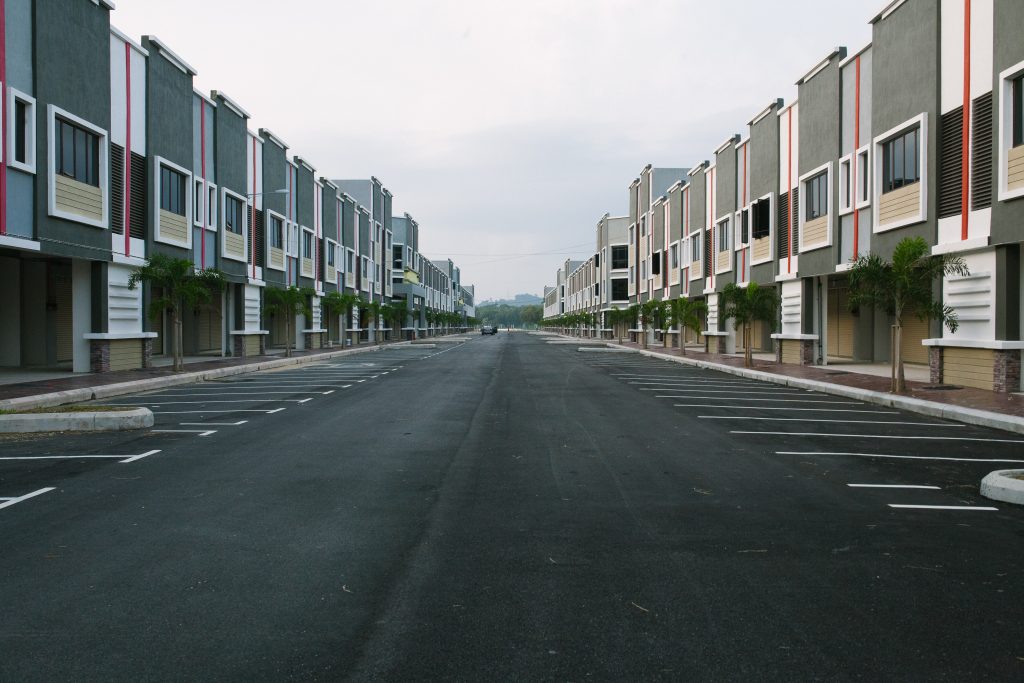What are Commercial Real Estate Vacancy and Availability Rates?
Commercial real estate vacancy rates and availability rates are two important metrics to consider when trying to assess the health of the commercial real estate market. However, while they are both important, they measure different things and can give you additional insights into the market. In this post, we’ll take a closer look at what each metric measures and how they can be used to make informed decisions about your commercial real estate investments.
The vacancy rate is the percentage of all vacant commercial real estate space available for lease. The availability is the percentage of all vacant commercial real estate space available for lease or sale. The two metrics are often used interchangeably, but they measure different things.
The vacancy rate only takes into account space that is vacant and available for lease. It doesn’t include space that is occupied or space that is under construction. On the other hand, the availability rate consists of all vacant and available space, regardless of whether it’s occupied or under construction.
The vacancy rate is an excellent metric to use if you’re trying to assess the health of the leasing market. It can give you an idea of how much space is available and how quickly it’s being leased. On the other hand, the availability rate is a better metric to use if you’re trying to assess the overall health of the commercial real estate market.
When interpreting vacancy and availability rates, you must consider the type of property you’re looking at. Office vacancy rates, for example, tend to be higher in central business districts than in suburban areas. Likewise, retail vacancy rates tend to be higher in shopping centers than downtown retail districts. And industrial vacancy rates tend to be higher in manufacturing and distribution districts.
It’s also important to consider the economic conditions in the market you’re looking at. For example, a high vacancy rate in a booming economy may not be a cause for concern. In contrast, a low vacancy rate in a struggling economy may indicate that tenants have difficulty finding space.
The bottom line is that vacancy and availability rates are two important metrics to consider when assessing the health of the commercial real estate market. They provide different insights into the market and should be used together to get a complete picture of the market.

